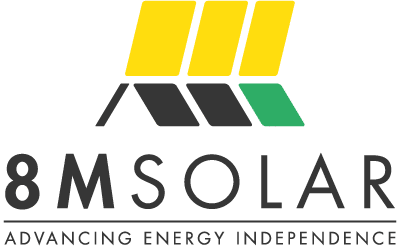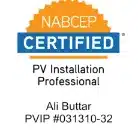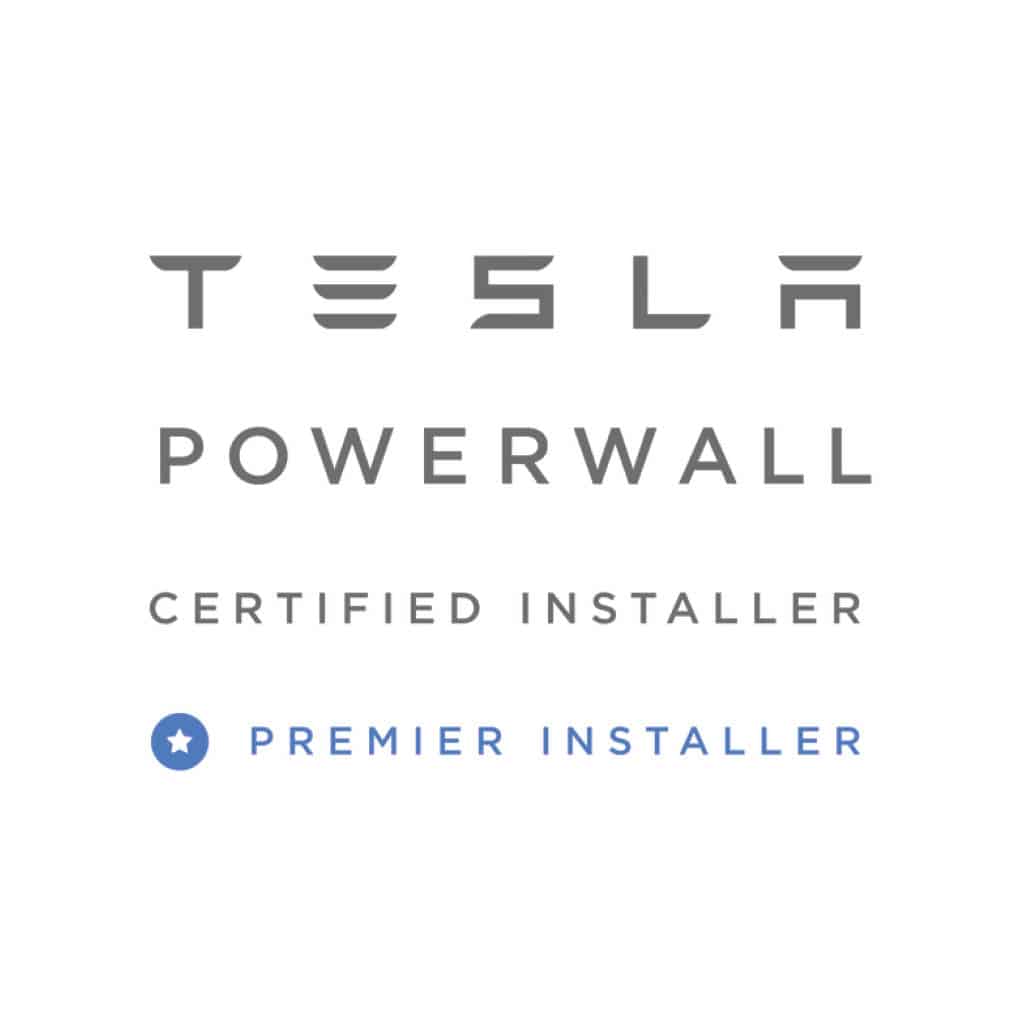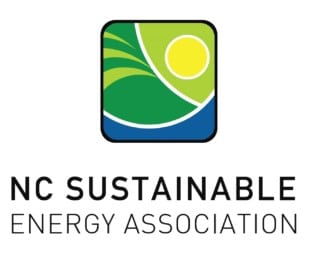What Are Photovoltaic Cells (PV)
A photovoltaic (PV) cell, an energy-harvesting technology, actively converts solar energy into useful electricity through a process known as the photovoltaic effect. Various types of PV cells exist, all employing semiconductors to engage with incoming sunlight photons, thereby generating an electric current.
Types of PV Cells
Manufacturers can create photovoltaic cells in various ways using different materials. Silicon (Si) is the most popular material for making commercial solar cells, but others like Gallium Arsenide (GaAs), Cadmium Telluride (CdTe), and Copper Indium Gallium Selenide (CIGS) are also used. Depending on the material, solar cells can either be brittle crystalline structures, such as Si and GaAs, or flexible thin-film cells, like Si, CdTe, and CIGS. We can further divide crystalline solar cells into monocrystalline and polycrystalline, as figure 4 illustrates. Monocrystalline PV cells consist of a single, uniform crystal lattice, while polycrystalline cells feature a mix of different crystal structures. Additionally, solar cells vary by the number of layers or “p-n junctions” they have. While most commercial PV cells are single-junction, manufacturers have also developed multi-junction PV cells that offer higher efficiencies but at a higher cost.
The Different Layers of a PV Cell
A photovoltaic (PV) cell consists of multiple layers, each playing a critical role in converting sunlight into electricity. The most common and crucial layers include:
- Protective Glass Layer: This top layer protects the cell from environmental elements while allowing sunlight to pass through.
- Anti-Reflective Coating: Applied to the surface of the cell, this layer reduces light reflection and ensures more light is absorbed rather than reflected away.
- N-Type Semiconductor Layer: This layer is doped with materials that add extra electrons, creating a negative charge.
- P-Type Semiconductor Layer: Positioned below the N-type layer, this layer is doped to have fewer electrons, creating spaces known as “holes,” resulting in a positive charge.
- Junction Layer: The area where the N-type and P-type layers meet is called the junction. Here, the movement of electrons from the N-type to the P-type layer creates an electric field.
- Back Contact Layer: This layer acts as the back electrode, providing a pathway for electrons to flow out of the cell and into an external circuit before returning to the cell.
- Front Contact Layer: Often made of fine metal fingers, this layer collects and transfers the electrons from the semiconductor to the external circuit.

These layers work together to capture sunlight, generate electrical charges, and then transport these charges, creating an electrical current.
What is the Photovoltaic Effect?
The photovoltaic effect is a phenomenon that occurs when a photovoltaic cell, exposed to sunlight, generates voltage or electric current. Inside these solar cells, there are two distinct types of semiconductors: the p-type and the n-type. These semiconductors come together to form a p-n junction. At this junction, an electric field emerges as electrons migrate towards the p-side, which is positive, and holes shift towards the n-side, which is negative. This field directs negatively charged particles in one direction and positively charged particles in the opposite direction.
Sunlight consists of photons, small packets of electromagnetic energy. When these photons with the right wavelength hit the solar cells, they transfer their energy to an electron in the semiconductor material. This energy boost propels the electron into a higher energy state, known as the conduction band. Once in the conduction band, electrons can freely move across the material. It’s this movement of electrons that generates an electric current in the cell.
Photovoltaic Cells and Solar Efficiency
Designing efficient photovoltaic (PV) cells is challenging due to several factors that limit their performance. A primary limitation is that a quarter of the solar energy reaching Earth cannot be converted into electricity by silicon semiconductors. This is because semiconductors need a minimum amount of energy, known as the band-gap energy, to dislodge an electron from the crystal structure. For silicon, this band-gap energy is 1.12 electron volts. Since sunlight contains photons with a wide range of energies, not all photons have enough energy to displace an electron in a silicon PV cell. Moreover, any photon energy exceeding the band-gap energy converts into heat, which further reduces efficiency because this heat is not utilized for generating electricity.
Additionally, not every electron that becomes available contributes to electricity production. Some electrons do not gain enough momentum from the semiconductor’s internal voltage to exit the system. These factors lead to a theoretical efficiency limit of about 33% for silicon PV cells.
To enhance PV cell efficiency, various methods can be employed, each adding to the cost. These methods include improving the semiconductor’s purity, using more efficient materials like Gallium Arsenide, adding more layers or p-n junctions to the cell, or concentrating sunlight with concentrated photovoltaics. However, PV cells also experience degradation over time, losing efficiency due to factors like UV exposure and weather cycles. The National Renewable Energy Laboratory (NREL) reports that the average rate of efficiency loss is 0.5% per year.
Are Your Ready for PV Solar Panels?
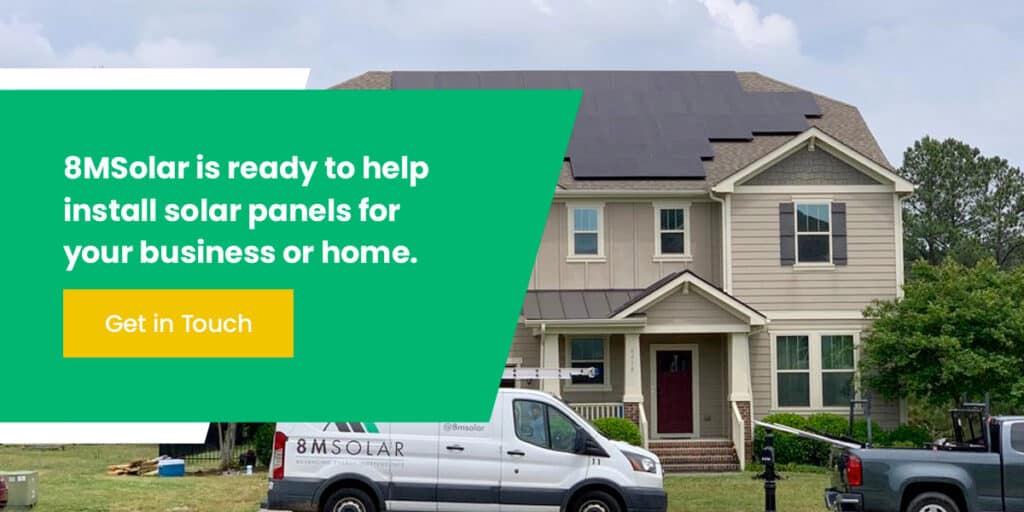
Are you ready to harness the power of the sun and transform your home into a beacon of sustainability and efficiency? 8MSolar presents an opportunity for you to join the renewable energy revolution with our state-of-the-art photovoltaic (PV) solar panels.
Why choose solar panels for your home? The reasons are compelling:
- Reduce Your Energy Bills: Solar power can significantly lower your monthly energy costs. With 8MSolar’s help, you’ll generate your own electricity, relying less on the grid and more on the abundant energy provided by the sun.
- Increase Your Property Value: Homes equipped with solar energy systems often see a rise in property value, making solar panels a wise investment for the future.
- Environmentally Friendly: By choosing solar energy, you’re opting for a clean, green source of power. Solar panels produce electricity without emitting harmful pollutants, reducing your carbon footprint and contributing to a healthier planet.
- Energy Independence: With 8MSolar, you’ll tap into the freedom of producing your own energy. This means less dependence on utility companies and protection against rising energy costs.
- Reliability and Low Maintenance: Our solar panels are designed to withstand the elements and provide reliable energy production with minimal maintenance required. Enjoy peace of mind knowing that your solar system will keep your home powered for years to come.
- Tailored Solutions: At 8MSolar, we understand that every home is unique. That’s why we offer customized solar solutions designed to meet your specific energy needs and preferences.
- Expert Support: From the initial consultation to installation and beyond, our team of experts will guide you every step of the way. We’re committed to ensuring a smooth transition to solar energy for your home.
- Incentives and Rebates: Take advantage of federal, state, and local incentives that make switching to solar more affordable than ever. Our team will help you navigate these opportunities to maximize your savings.
Embrace the future of home energy with 8MSolar. Contact us today to learn how easy and beneficial it is to make the switch to solar power. Or if you are testing the waters, give our Virginia and North Carolina solar calculator a try. Together, we can light up your home with clean, sustainable, and cost-effective energy. Let’s power your tomorrow, today.
